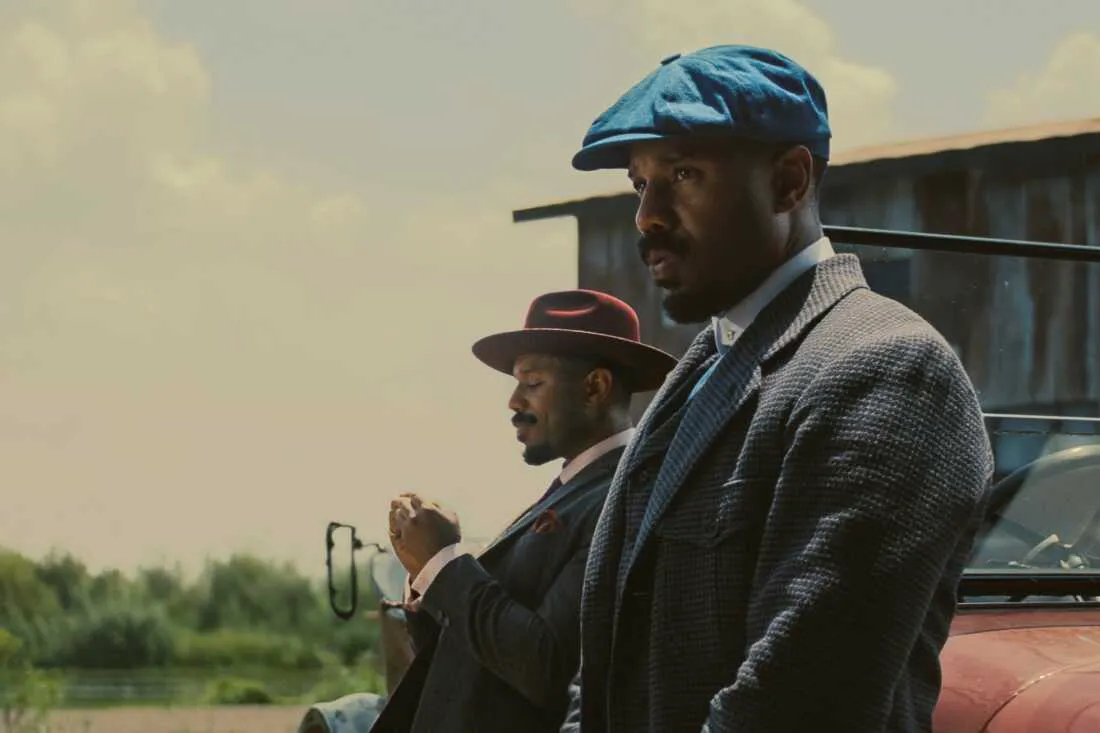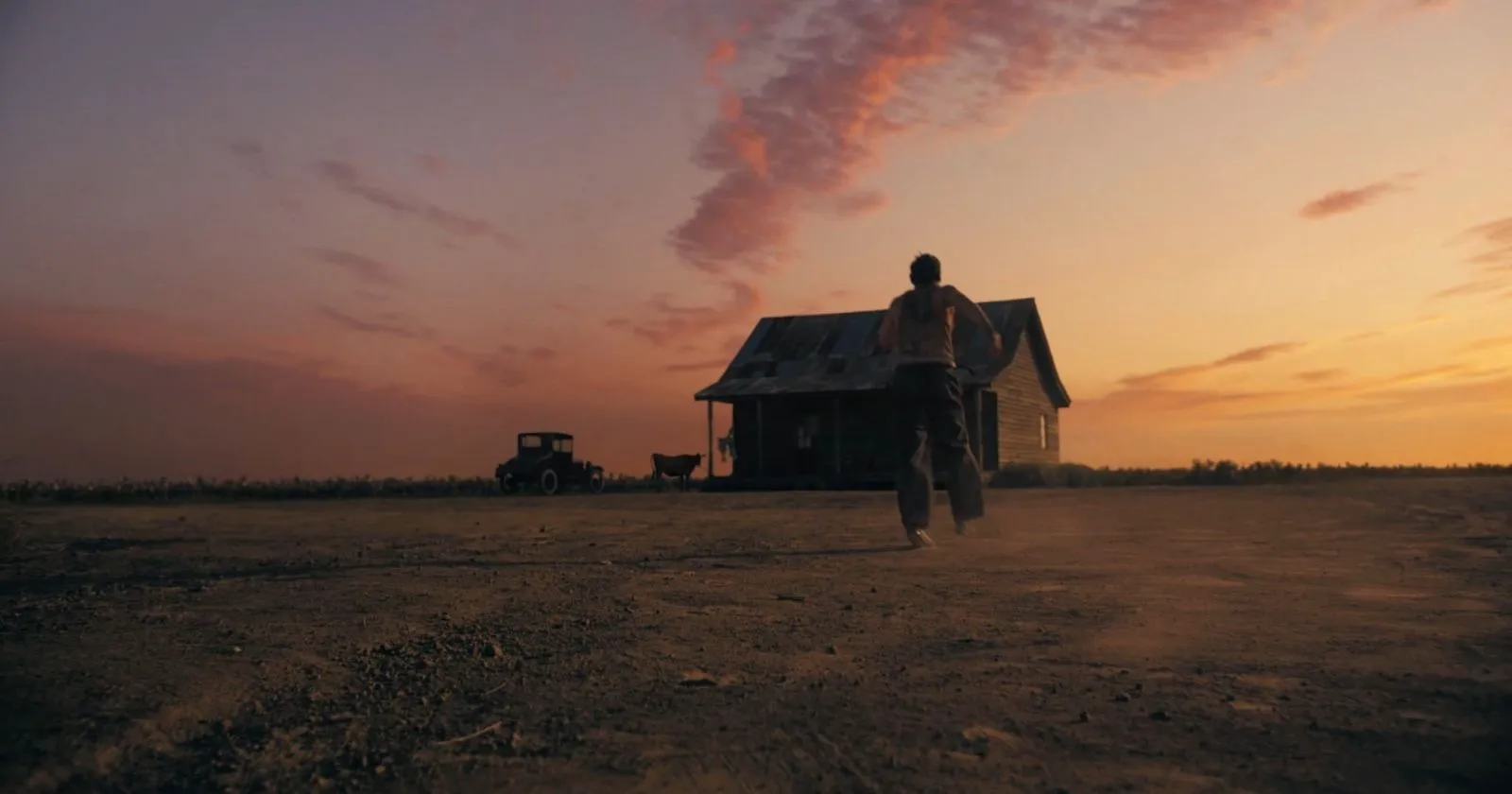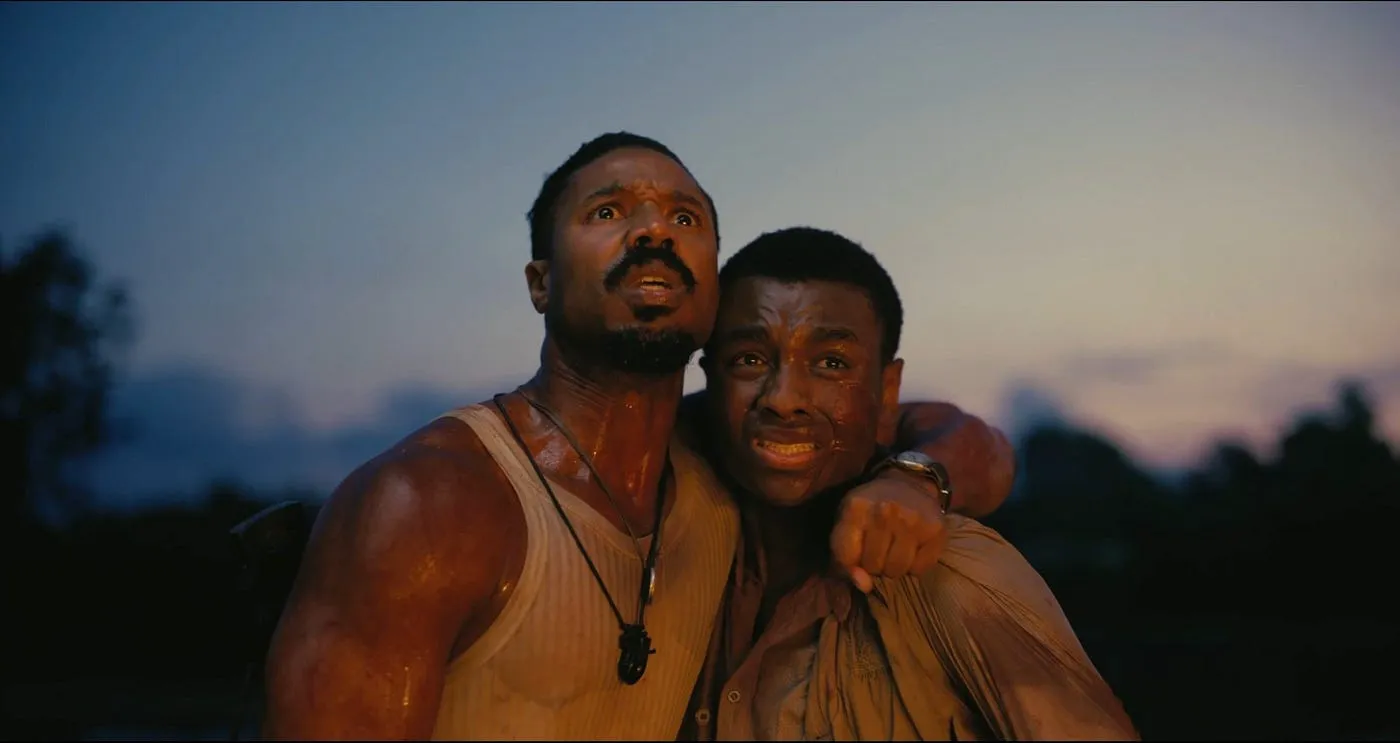“Sinners”: Ryan Coogler’s Bluesy Vampire Tale
Ryan Coogler’s “Sinners” has stormed into theaters with the unpredictability of a blues improvisation. This first truly original film in over a decade from the director of “Black Panther” and “Creed” has garnered impressive box office numbers and critical acclaim. Indeed, a vampire film set in the American South of the early 20th century is a rare beast. When you add Hollywood scale to a specific cultural context, you get not just another pretentious horror film in a retro setting, but a genuine authorial statement. However, while Coogler certainly has finesse in his presentation, “Sinners” doesn’t carry the flag of racial discourse quite as elegantly as Michael B. Jordan’s characters wear their expensive Chicago suits.
A Southern Gothic Setting
The story unfolds in 1932 in Clarksdale, Mississippi. Prohibition is on its last legs, but the Jim Crow laws, the unofficial name for regulations that disenfranchise the Black minority, are in full effect. Twin brothers Smoke and Stack Moore (both played by Michael B. Jordan) return to their hometown with a business idea. They carry the horrors of World War I and work for the Chicago mafia on their backs, dollars in their pockets, and a truckload of contraband alcohol hidden on a country road. For a considerable price, the brothers buy a dilapidated sawmill from a stereotypical former Ku Klux Klan member (David Maldonado), where they plan to open a juke joint—an African American mecca of dance and blues.

Michael B. Jordan as Stack in a still from “Sinners”
Building a Dream, Facing the Past
Much of “Sinners” is devoted to the preparations for the grand opening of the establishment. The risky venture is joined by the brothers’ young cousin Sammy (the acting debut of musician Miles Caton), a guitarist with a poet’s soul and golden hands, a family of Chinese immigrants, a bouncer with a good heart, and a pianist with an iron liver. Stack meets his former lover Mary (Hailee Steinfeld), embittered that the brothers didn’t bother to attend her mother’s funeral, a woman who played a significant role in their upbringing. Smoke visits his ex-wife Annie (Wunmi Mosaku), who is skilled in both cooking and voodoo magic. For over an hour of screen time, “Sinners” resembles a historical drama about the traumas of the era, with mentions of lynch mobs, slavery, and the characters’ war and gangster pasts.

Jack O’Connell as Remmick in a still from “Sinners”
From Blues to Blood
Everything changes with the arrival of night, when the juke joint fills with people and music. The soundtrack of “Sinners” is literally steeped in the aesthetics of Delta blues, a style that originated in the Mississippi Delta in the late 19th century. Coogler and his longtime collaborator, composer Ludwig Göransson, spent a long time studying recordings that have survived to this day in less than perfect condition and created one of the most organic musical accompaniments in the director’s career. Real bluesmen like Buddy Guy (who appears in one of the final scenes), Bobby Rush, and Justin Robinson participated in the preparation of the soundtrack. But the main discovery of the film is, of course, Miles Caton, who personally performs all the songs on screen, accompanying himself on the legendary Dobro guitar (which plays an important role in the narrative).
After an impressive musical interlude, whose rhythm is (sometimes quite abruptly) interrupted by plot inserts, Coogler delivers a twist in the spirit of “From Dusk Till Dawn.” White racists are not the only threat to a bright Saturday night in the juke joint. From the shadows, vocally gifted vampires led by Remmick (Jack O’Connell)—a sweet-voiced, manipulative bloodsucker and a subtle nod to the cultural appropriation of the blues by Elvis Presley and company—crawl to the doors of the establishment. Coogler doesn’t offer anything new to the genre here, but rather returns to its origins. The local vampires fear garlic and holy water, burn brightly in the sun, and can only enter a building with a clearly articulated invitation from the host.

Michael B. Jordan as Stack in a still from “Sinners”
A Metaphor for Appropriation
Despite some archaism, Ryan Coogler’s genre trap works perfectly. The object of the hunt in “Sinners” is not only the main characters with an obvious skin color, but also African American culture as a whole. “I really want us all here to become one big family,” Remmick coos when he is refused entry to the juke joint and launches into “Pick Poor Robin Clean,” a song relatively new for the 1930s, whose title and lyrics can be reduced to the statement “I’ll rob you clean.” The metaphor of appropriation is clearly repeated in one of the most sinister scenes of the film: the ghoul leader performs the traditional Irish banger “Rocky Road to Dublin,” and a circle of newly converted vampires slowly forms around him, breaking into a devilish jig.
The geography of “Sinners” is also not chosen by chance. Clarksdale, known in reality as one of the cradles of Delta blues and the civil rights movement for blacks in Mississippi, is not a cardboard village for a history lesson, but a living organism: with sermons against “devilish” music, the smell of tobacco, and the feeling that somewhere nearby lies the border between the human and the inhuman. The latter, in turn, albeit clumsily, points to racial segregation, and at several levels, of which the cultural one turns out to be the most significant. The main moral dilemma of the film is how to preserve identity if even your music belongs to someone else?
A Cinematic Sermon
In the end, “Sinners” is not so much a horror film as a cinematic sermon. Ryan Coogler proves once again that he knows how to turn genre into a research tool with a huge resonator. Which, in the case of “Sinners,” is more of a positive skill. However, there were some plot and stylistic roughness and a rhythm as erratic as in improvisation. All this, however, does not obscure the clear and sonorous message: history is written not by those who are louder, but by those who managed to survive.stovsky